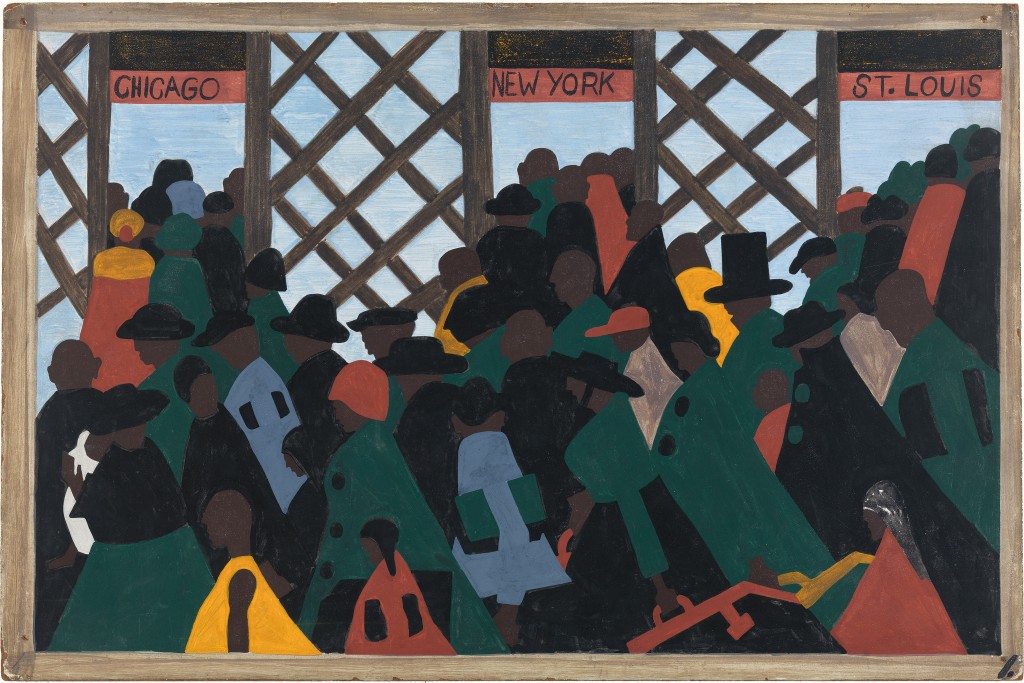Evaluating Research
There are two main types of research: primary and secondary. In primary research, you collect your own data to analyze a topic of interest. For this Assignment, you will be conducting secondary research. In secondary research, you research information already collected by a primary researcher. Performing secondary research includes evaluating existing literature for strengths, limitations, and ethical considerations. When evaluating literature, think about questions such as the following: •Were the author’s interpretations and conclusions supported by the evidence he or she presented? •Was there any apparent bias? •Were there other ways that specific data could be interpreted other than how the author approached it? •Were any important variables left out of the study? •Was every assertion supported by fact? •Did the text use reliable resources? (Walden University Writing Center, 2009, p. 1) When conducting secondary research, you have the responsibility of evaluating your own research to avoid ethical issues. To Prepare Find three peer-reviewed journal articles in the Walden Library databases related to a human and social services program that interests you professionally. You may wish to use the program you selected for this week’s Discussion. Consider strengths and limitations when evaluating the articles. Finally, consider potential ethical issues in conducting secondary research. The Assignment: •Briefly summarize each article you selected. •In your summary, provide an evaluation of the articles (accuracy, authority, objectivity, currency, and coverage). •Finally, explain one potential ethical issue of conducting secondary research. Include how you might avoid this ethical issue. •Be specific, and provide examples to support your answers.
Resources:
Bliss, S., & Rasmussen, B. (2013). Reflections on contemporary psychodynamic theory in clinical social work. Journal of Social Work Practice, 27(3), 211–215.
Gentle-Genitty, C., Chen, H., Karikari, I., & Barnett, C. (2014). Social work theory and application to practice: The students’ perspectives. Journal of Higher Education Theory and Practice, 14(1), 36–47.
Paat, Y. (2013). Working with immigrant children and their families. An application of Bronfenbrenner’s ecological systems theory. Journal of Human Behavior in the Social Environment, 23(8), 954–966.
Poulter, J. (2005). Integrating theory and practice: A new heuristic paradigm for social work practice. Australian Social Work, 58(2), 199–212.
Walden University Library. (2015a). Evaluating resources. Retrieved from http://academicguides.waldenu.edu/library/evaluating
Walden University Library. (2015b). Keyword searching. Retrieved from http://academicguides.waldenu.edu/library/keyword/search-strategy
Walden University Library. (2015c). Publication comparison chart. Retrieved from http://academicguides.waldenu.edu/peerreviewvsscholarly
Walden University Writing Center. (2015). APA style. Retrieved from http://academicguides.waldenu.edu/writingcenter/apa
Laureate Education (Producer). (2011). Human services theory, research, and practice: Human services research and theories [Video file]. Baltimore, MD: Author.




